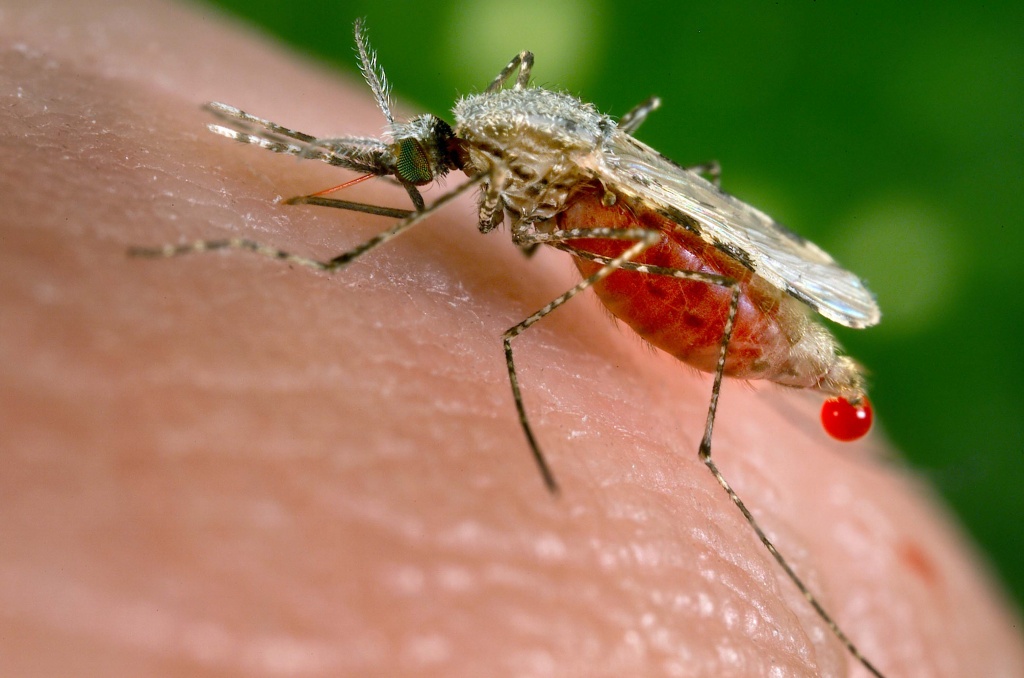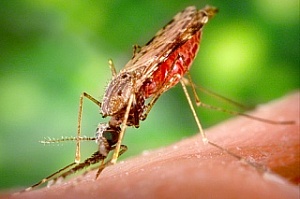In December 2016, American Journal of Vector Ecology published two articles of Yuri Novikov, a scientist at the TSU Biological Institute devoted to the study of ecology and distribution one of the species of malaria mosquito of the maculipennis complex and its laboratory cultivation. Hybridization opens a new page in the study of malaria mosquitoes, allowing their more accurate investigation of the physiology and the ability to transfer malaria plasmodium that causes malaria.
- The article presents the results of the development of cultivation method Anopheles beklemishevi in the laboratory, which helps us to solve two problems at once, - says Yuri Novikov. - Firstly, with growing mosquito, we can work with them not seasonally but year-round. Secondly, as a result of laboratory cultivation, we get virgin females, without which the hybridization process is not possible.
He said that crossing Anopheles beklemishevi species, discovered and described by TSU geneticists 40 years ago, with Anopheles atroparvus was produced for the first time. It does not occur under natural conditions. The study of hybrids provides an opportunity to assess the degree of reproductive compatibility of species, which is an important argument in the reconstruction of the evolution of this group of related species. Experiments in the laboratory will allow predicting the likely composition of the species of mosquitoes and epidemiological situation in Siberia due to the rapidly changing climate.

Along with this, in the course of a detailed study and comparative analysis of 8000 specimens collected from 34 Russian and Kazakhstan settlements, it was determined that habitat of species Anopheles beklemishevi much wider than expected: it spread from Estonia to Yakutia and from the Arctic to the Altai and Sayan. The relative population of the species is low everywhere, moreover, in the south of Western Siberia and Altai the frequency is steadily reduced. So, in the vicinity of Tomsk (Kolarovo) the proportion of Anopheles beklemishevi in the total number malaria mosquito has dropped from 25% in 1976 to 3.2 % now.
According to the scientist, the discovery of the representatives of this type in Yakutia is an indirect confirmation of the idea that malaria mosquitoes of maculipennis complex come in Eurasia from America through the Bering Bridge.
The studies of Yuri Novikov show that as a result of climate change there is an expansion the area of south-western species of mosquitoes. Their representatives are moving to the northeast, mastering new territory, successfully making a lodgement, and breeding in the areas where they previously could not survive.

